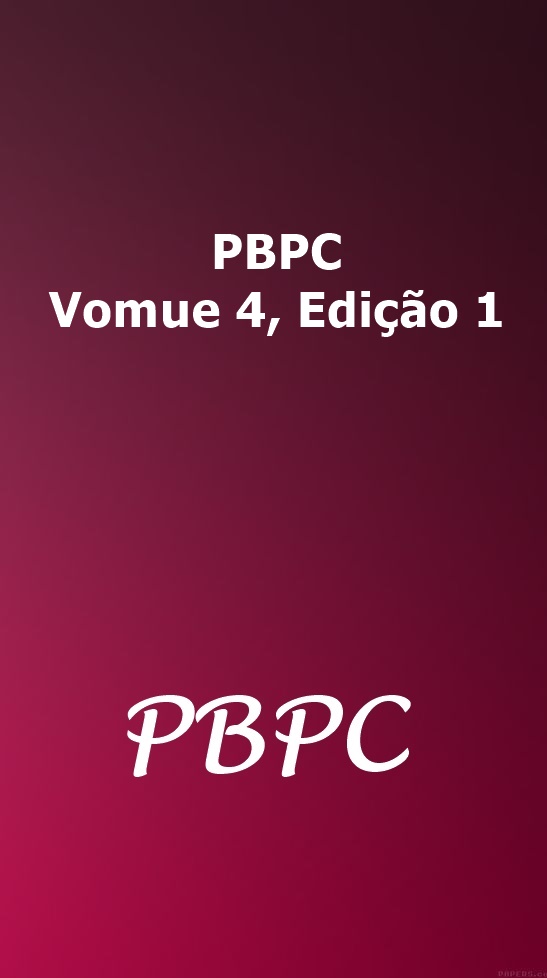100 ANOS DA MECÂNICA QUÂNTICA: UMA BREVE REFLEXÃO TEOLÓGICO-CIENTÍFICA SOBRE JÓ 38:19
DOI:
https://doi.org/10.36557/pbpc.v4i1.348Keywords:
Cosmology; Scientific Theology; Modern Physics; Quantum Physics; General Relativity; PhilosophyAbstract
In 2025, we will celebrate the centenary of Quantum Mechanics, one of the pillars of Modern Physics that revolutionized the understanding of reality. The search for knowledge of the properties of light was the main milestone for the emergence of Quantum Mechanics. Light was the gateway to the quantum world, challenging classical thinking and paving the way for the creation of Quantum Mechanics. The biblical text of Job 38:19 reads: “Where is the way to the dwelling of light? And as for darkness, where is its place?” The divine question asked to Job resonates with the profound questions that Quantum Mechanics also raises: the nature of light, matter and invisible reality. Therefore, and within this context, and proposing a reflection between Science and Faith through the biblical text of Job 38:19, this article aimed to explore how the mystery of creation, addressed in the Holy Bible, and the principles of Quantum Mechanics can dialogue, not in opposition, but as complementary expressions of the human search to understand the invisible and the fundamental.
Downloads
References
Barbour, I. G. Religion and Science: Historical and Contemporary Issues. HarperOne, 1997.
Brown, F.; Driver, S.R.; Briggs, C. A. The Brown-Driver-Briggs Hebrew and English Lexicon. Peabody, MA: Hendrickson Publishers, 1996.
Editorial. Quantum mechanics 100 years on: an unfinished revolution. Nature, v. 637, p. 251-252, 2025.
Einstein, A. Ideas and Opinions. Crown Publishers, 1954.
Feis, J.; Weidemann, S.; Sheppard, T.; Price, H. M.; Szameit, A. Space-time-topological events in photonic quantum walks. Nature Photonics, v. 19, p. 518-525, 2025.
Greentree, A. D.; Tahan, C.; Cole, J. H.; Hollenberg, L. C. L. Quantum phase transitions of light. Nature Physics, v. 2, p. 856-861, 2006.
Heisenberg, W. Physics and Philosophy: The Revolution in Modern Science. Harper, 1958.
Linden, E. The Mind of the Ancient: Myth, Religion, and the Origins of Science. New York: Penguin Books, 2002.
McGrath, A. E. Science and Religion: A New Introduction. Wiley-Blackwell, 2010.
Monz, R. et al. Quantum Technology: From Theory to Application. Cham: Springer, 2020.
Piazza, L.; Lummen, T.T.A.; Quiñonez, E.; Murooka, Y.; Reed, B.W.; Barwick, B.; Carbone, F. Simultaneous observation of the quantization and the interference pattern of a plasmonic near-field. Nature Communications, v. 6 (6407), p. 1-7, 2015.
Planck, M. Treatise on Thermodynamics. 3. ed. New York: Dover Publications, 1945.
Planck, M. The Theory of Heat Radiation. New York: Dover Publications, 1959.
Polkinghorne, J. Quantum Physics and Theology: An Unexpected Kinship. Yale University Press, 2007.
Rindler, W. Relativity: Special, General, and Cosmological. 2. ed. Oxford: Oxford University Press, 2006.
Sakurai, J.J.; Napolitano, J. Modern Quantum Mechanics. 2. ed. Cambridge: Cambridge University Press, 2017.
Shankar, R. Principles of Quantum Mechanics. 2. ed. New York: Springer, 1994.
Trypogeorgos, D. et al. Emerging supersolidity in photonic-crystal polariton condensates. Nature, v. 639, p. 337-341, 2025.
Downloads
Published
How to Cite
Issue
Section
License
Copyright (c) 2025 Cleomacio Miguel da Silva , Sóstenes Rônmel da Cruz

This work is licensed under a Creative Commons Attribution 4.0 International License.
Você tem o direito de:
- Compartilhar — copiar e redistribuir o material em qualquer suporte ou formato para qualquer fim, mesmo que comercial.
- Adaptar — remixar, transformar, e criar a partir do material para qualquer fim, mesmo que comercial.
- O licenciante não pode revogar estes direitos desde que você respeite os termos da licença.
De acordo com os termos seguintes:
- Atribuição — Você deve dar o crédito apropriado , prover um link para a licença e indicar se mudanças foram feitas . Você deve fazê-lo em qualquer circunstância razoável, mas de nenhuma maneira que sugira que o licenciante apoia você ou o seu uso.
- Sem restrições adicionais — Você não pode aplicar termos jurídicos ou medidas de caráter tecnológico que restrinjam legalmente outros de fazerem algo que a licença permita.

